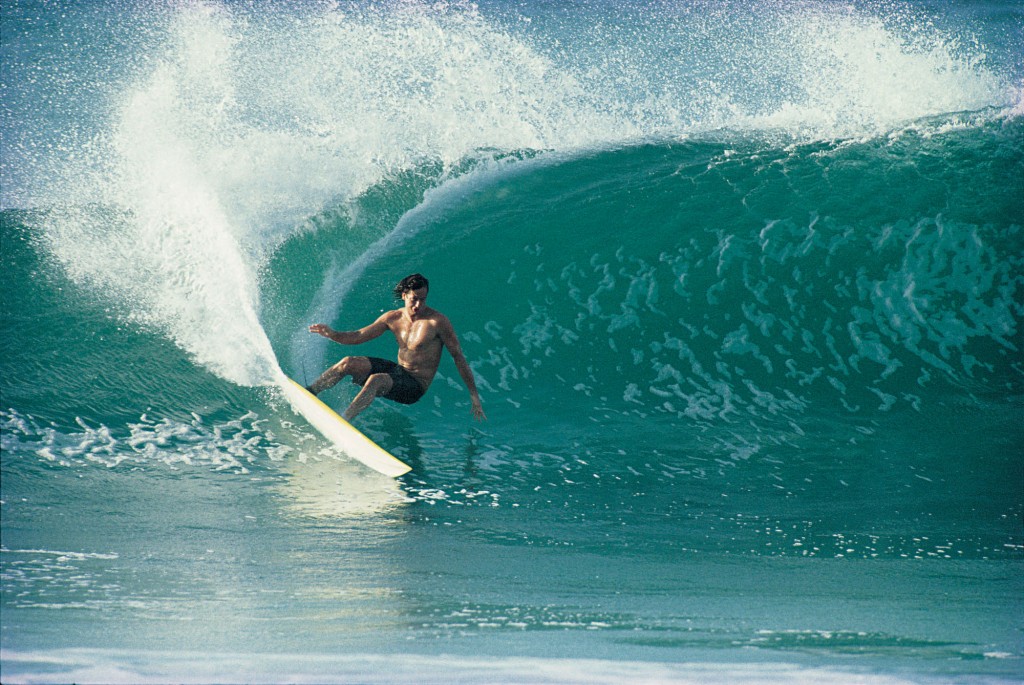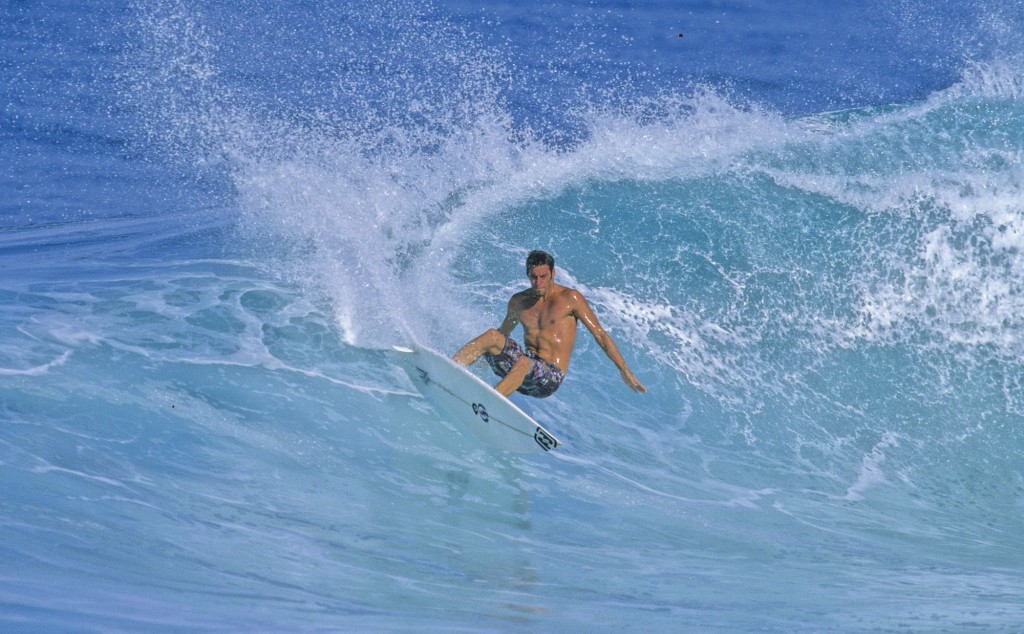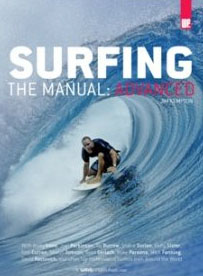Frontside signature the cutback: putting your own stamp on a timeless maneuver.
November 11th, 2011
A fraction of a second captured by Tom Servais on the North Shore during the winter of 1992 set a new standard for commitment in the area of radical rail transitions, which had not been exceeded since the Michael Peterson era of the mid-’70s. For the thousands who held Tom Curren in the highest regard, that moment provided explicit evidence of his grace, style and power in the water.
The iconic image of Curren’s grab-rail front at Backdoor helped to shape the approach of an entire generation, and still stands as possibly one of the single greatest frames ever photographed in our sport. While one of the most essential maneuvers in a surfer’s repertoire, the frontside cutback is not only functional, but also provides a rare opportunity to add your own signature.
From Curren’s fundamentally flawless carve, to Joel Parkinson’s sweeping lines, to Andy Irons’ aggressive power turns, from Donavon’s come-from-behind arcs, to Rasta’s soulier-than-thou body English, all turns serve essentially the same purpose, all the pageantry is just a matter of aesthetic appeal. The difference between a cutback and other reversals of direction (like snaps and laybacks) is that the maneuver is done at continuous fluid speed.
The cutback allows you to use the rail of your board, and brings you back to the source of the wave where you can generate more speed for your next hit. Like a fingerprint, no two surfers’ cutbacks are the same, but there are some universal things that make for a great frontside carve.
DALE VELZY
One of surfing greatest innovative shapers and entrepreneurs, explaining the evolution of early modern surfboard design, referring to Bob Simmons who first used light balsa and foam for surfboards.
Simmons knew how to make ’em light. But I knew how to make ’em turn.
Six fundamentals of A good cutback
1. TIMING IS EVERYTHING
Don’t make your turn too early when the wave is too vertical, but conversely, don’t glide too far out on the face where the wave is too flat. Keep your eyes focused on the part of the wave you want to hit. It is best to hit the section where the lip is just beginning to break at the edge of the whitewater.
2. GO TOE-TO-HEEL
Start bending your knees when you come up the middle of the wave face, and shift your weight from your toeside rail to your heelside rail to initiate the cutback. As you lift out of your bottom turn, keep your board flat on the wave face to retain full speed, then un-weight your front foot and lean slightly back.
3. THINK RAIL-TO-RAIL
As your feet and weight shift from toe to heel, the outside rail rolls over and begins to engage the wave. The more speed, the easier the transition from inside rail to outside rail. But as you transition, your mind needs to make the change too.
4. KEEP YOUR MOMENTUM
Be sure to watch your board’s nose as you reverse direction, because you want it to fit into the wave shape to maximize speed. As your board turns back towards the breaking wave, keep the fluid momentum going. Don’t let up midway through the turn, which is tempting to do when you want to keep going down the line. This lack of follow through will make you lose speed, the all-important aspect to making your next move. Bend your knees and keep driving through what is now a backside bottom turn.
5. FINISH STRONG
Your board should finish with the nose pointing straight back towards the breaking wave, ready for another drop with maximum speed. Just as in your initial take-off, look down the line when you have finished the turn, read the wave to determine angle and steepness of the drop-in. The big advantage you have at this stage, is that you are already on your feet and having maintained speed through both your first moves, are much more ready to position yourself to go straight into your next bottom turn.
6. NEXT MOVE OPTIONS
At this point there are several approaches to the next move, and they will depend on the shape, size and power of the wave.
6.1. AIM HIGH FOR THE LIP – Aim high for the lip and essentially turn your cutback into a re-entry. Occy says this gives you the best opportunity to get down the line if the wave is hollow and powerful. It also forces you to come down with the lip.
6.2. AIM FOR THE MID SECTION – Aim for the mid-section with a classic roundhouse cutback and catch the oncoming whitewater with power. Joel Parkinson says what he loves about this line of attack is holding your turn as long as possible for maximum carve factor. It generates the most momentum, he says, but requires taking the brunt of the wave’s power and can sometimes be risky in big surf.
6.3. AIM LOW – Aim low and attempt to avoid the wave’s power and avoid being knocked down by the swirling foam. This may be the safest route in bigger surf, but it does offer the best chance of losing the face of the wave and being left in the whitewater. The best way to avoid this is to take the steepest route down the face and to do a sweeping bottom turn off the flats, initiated by a drop just like the one you did on the take-off. Now you are putting moves together.
This post was taken from Surfing The Manual: Advanced by Jim Kempton.
Tags: surf technique, surfing, surfing skills, The frontside cutback




